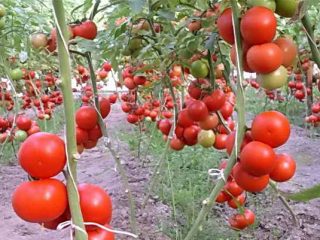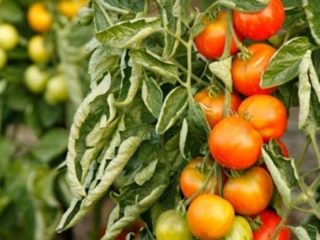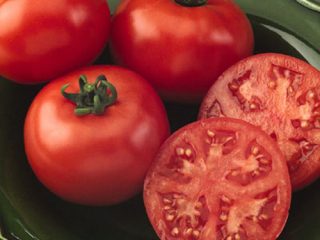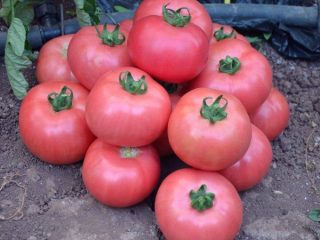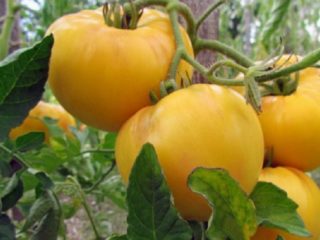Content
The Zapunyaka tomato is a new product that could pleasantly surprise not only beginners, but also experienced gardeners. The variety is suitable for private and industrial cultivation as it requires minimal care. At the same time, it is capable of showing high productivity in any region of the country, as the originator claims.

The Zapunyaka tomato is a close relative of the Barnaul Canning variety
History of selection
The variety was bred by breeders of the Seeds of Altai agricultural company. The purpose of its creation was to obtain a new type of tomato that could produce a good harvest even under unfavorable weather conditions. And the creators succeeded.
During the breeding process, the area with planted Zupanyaka tomatoes was hit by severe frosts in early June, which led to the freezing of the above-ground parts of the bushes. However, subsequently the seedlings quickly grew from the roots and already in mid-August produced a good harvest of ripe tomatoes.This confirmed the ability of the new variety to quickly adapt to any climate. The Zapunyaka tomato has not yet been included in the State Register.
Description of the Zapunyak tomato
This variety belongs to the category of semi-determinate crop species. The height of the standard Zapunyak tomato bushes reaches 45 cm. It does not need to be tied to a support, and according to the creators, the variety can be grown as a creeping form. Tomato leaves have a standard shape, with a slightly wrinkled surface, and are medium in size. The veins are clearly visible on the plates.
Zapunyaki's inflorescences are complex, the stalk has an articulation. The first fruit cluster is formed above the 4-5th leaf, and then after two. They are irregular in shape, and each of them contains from 12 to 17 ovaries.
The fruits of the Zapunyaka variety are plum-shaped and small in size. The average weight of tomatoes is 90 g. Fully ripened tomatoes become bright red in color, but a small light spot remains at the stalk.
The skin of tomatoes is thin but dense, so even under the influence of direct sunlight it does not crack. The taste of tomatoes of the Zapunyaka variety is sweetish, without sourness. Each fruit has two seed chambers. When cutting tomatoes, the juice does not flow out. The dry matter content in tomatoes reaches 3.5-3.8%.

The yield of marketable fruits is more than 95%
Characteristics of the tomato variety Zapunyaka
To compare the productivity of the new tomato with other types of crops, it is necessary to study its characteristics in more detail. This will also allow you to understand which regions it is more suitable for.
Ripening and fruiting
Zapunyaka is an early ripening variety of tomatoes. The first fruits on the bushes ripen 89-93 days after the appearance of friendly shoots in the southern and central regions. In the northern regions of the country, the beginning of fruiting occurs 7-10 days later.
Productivity of tomato Zapunyak
The productivity of Zapunyaki is quite high, as for any semi-determinate type of crop. It is 4-5.5 kg per bush. A high level of productivity is achieved due to long fruiting, which begins at the end of June and lasts until the second half of September.
Another special feature of the Zapunyaka variety is that its fruits are capable of ripening. Therefore, for long-term storage of fresh harvested crops, it is recommended to remove them from the bush at the stage of technical maturity and keep them in a dark room at a temperature of +5-7 °C. In such conditions, the Zapunyaki crop retains its consumer properties for up to two months.
Resistance to adverse factors
The Zapunyaka tomato variety is characterized by increased resistance to temperature changes. Its bushes can quickly recover when frozen. Also, this variety is not very susceptible to short-term drought, but does not respond well to stagnation of moisture at the roots.
Zapunyaka has increased resistance to common crop diseases, but can be affected by late blight in cool, rainy summer conditions. Therefore, to obtain a good harvest, it is not recommended to ignore preventive treatments of bushes with fungicides.
The variety can be affected by aphids, as well as whiteflies in greenhouses and greenhouses. Therefore, it needs pest protection.
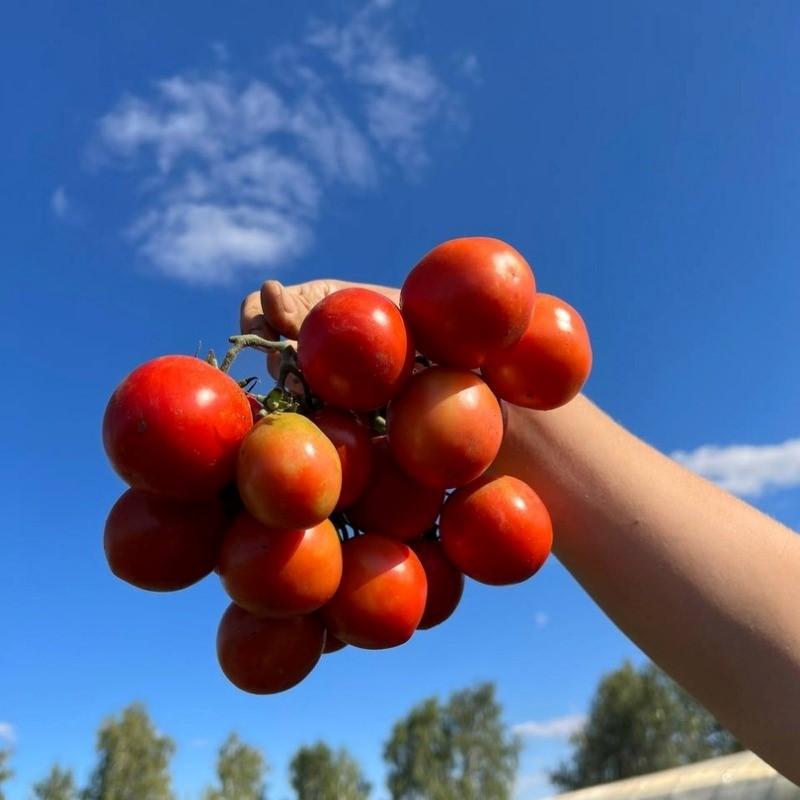
The Zapunyaka variety is distinguished by the friendly ripening of fruits in the cluster
Growing regions
According to the originator, the Zapunyaka variety of tomato can be grown in all regions of the country. But he shows himself best in the central regions.
In the south of the country, growing Zapunyaki is recommended only on an industrial scale, since the variety does not require the removal of stepsons and tying to a support. But for private farms, its use is not always advisable, since in terms of yield and taste it is significantly inferior to heat-loving crop types.
How to use
The Zapunyaka tomato is distinguished by its versatility of use. Thanks to the pleasant sweetish taste of ripe fruits, they can be used for fresh consumption and for preparing summer salads. The variety is also suitable for whole-fruit canning, drying, and winter preparations in combination with other vegetables. During heat treatment, the pulp of Zapunyaki tomatoes retains its consistency.
Advantages and disadvantages
The variety has many advantages, which significantly distinguishes it from other types of crops. But the Zapunyak tomato also has some disadvantages that need to be taken into account when choosing it.
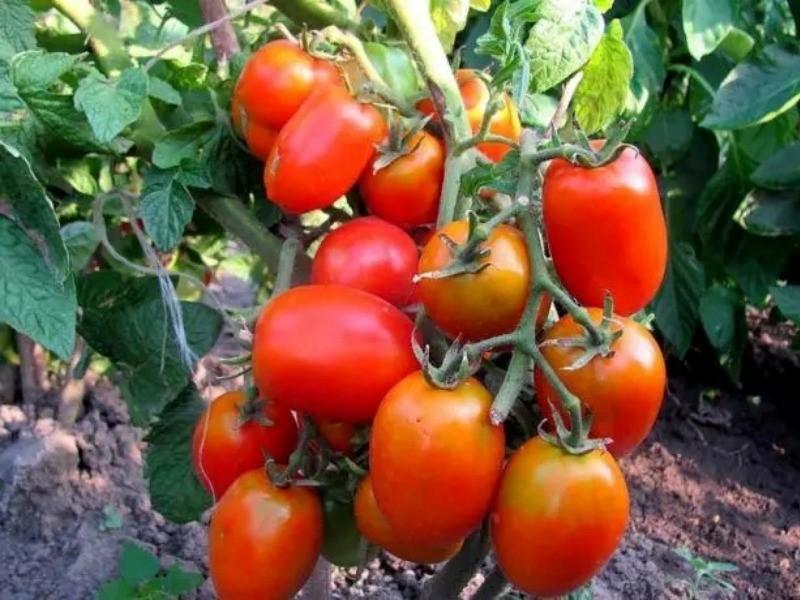
The variety has high vital potential
Main advantages:
- good consumer properties;
- high stable yield;
- does not require pinching or tying to a support;
- long fruiting;
- resistance to adverse weather conditions;
- immunity to most cultural diseases.
Flaws:
- needs protection from pests;
- rarely found on sale;
- reacts poorly to stagnation of moisture at the roots.
Features of planting and care
The originator recommends growing this tomato variety in seedlings to speed up fruiting.To determine the timing of sowing, you need to take into account that by the time the seedlings are planted in a permanent place, they should be 60-65 days old. Therefore, the optimal period is considered to be early to mid-March, depending on further growing conditions.
For planting, it is necessary to use wide containers 10-15 cm high with drainage holes. They should be filled with a nutritious loose soil mixture consisting of turf, sand, humus and leaf soil in a ratio of 2:1:1:1. The optimal sowing depth for the Zapunyak tomato is 0.5-1 cm. After planting, moisten the soil well and cover the containers with film or glass, and then transfer to a warm, bright place with a temperature of +22-23 ° C.
If all conditions are met, friendly shoots appear on days 4-7. After this, the container should be moved to a bright windowsill and the seedlings should be illuminated with a lamp in the evening. During this period, it is recommended to lower the maintenance regime to +15-16 °C, which promotes the development of the root system and slows down the excessive growth of the above-ground part.
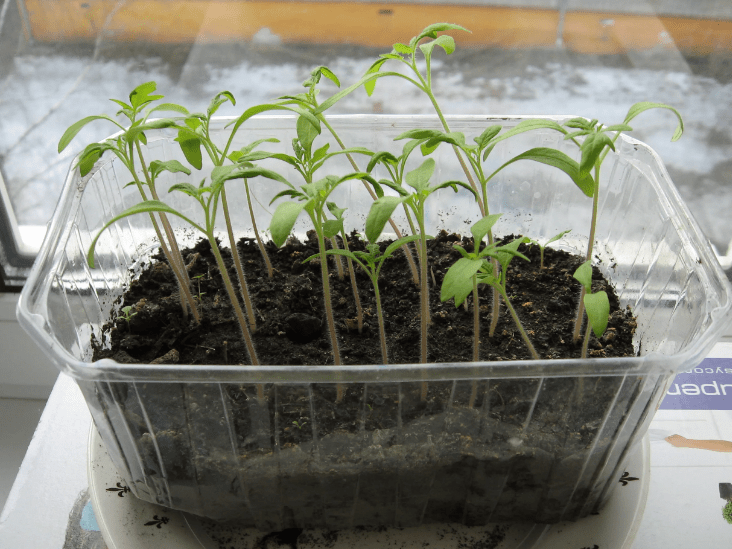
After a week, the temperature should be increased to +22 °C
At the stage of the appearance of two true leaves, Zapunyak tomato seedlings need picking. They need to be fertilized for the first time 10 days after this procedure, using Kemira Lux.
You can plant Zapunyaka seedlings in a greenhouse in the last ten days of April, and in open ground in the second half of May or early June. In this case, it is important that the soil has time to warm up to +15 °C to a depth of 20 cm.
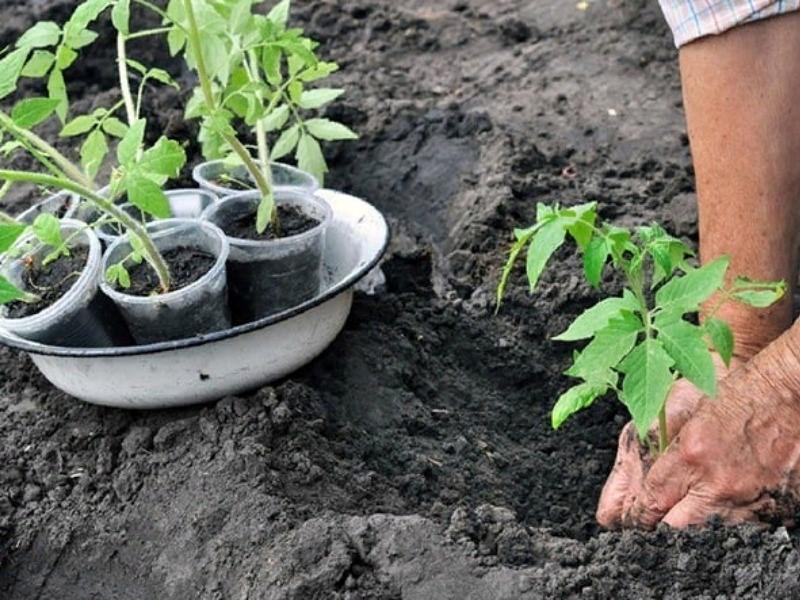
The recommended planting scheme for the Zapunyaka tomato variety is 3-4 bushes per 1 sq. m
When planting in a permanent place, it is recommended to bury the seedlings down to the first pair of leaves, which helps build a powerful root system.
It is recommended to water tomatoes 2-3 times a week, soaking the soil to a depth of 20 cm. During irrigation, pour water into the root circle. During dry periods, peat mulch should be laid at the base of the tomatoes, in a layer of up to 3 cm, to prevent the roots from drying out.
Zapunyaka responds well to fertilizing, which ensures its high productivity. It is recommended to fertilize the bushes for the first time 10 days after they are transplanted to a permanent place. During this period, chicken manure 1:15, mullein 1:15 or nitroammophoska 30 g per plant should be used. In the future, it is recommended to feed the Zapunyaki bushes every two weeks, using phosphorus-potassium mineral fertilizers.
Pest and disease control
Throughout the entire growing season, it is recommended to periodically treat Zapunyaka tomato with fungicides in order to prevent late blight. To do this, you can use drugs such as Ridomil Gold, Cuprozan, Quadris, Shavit, Tattu. The recommended frequency of the procedure is every 10-14 days. During subsequent sprayings, protective equipment must be alternated.
Also, the Zapunyaka tomato can suffer from pests. Therefore, it is worth periodically inspecting the bushes and, in case of damage, using insecticides. To combat aphids and whiteflies, you can use the drug Teppeki.
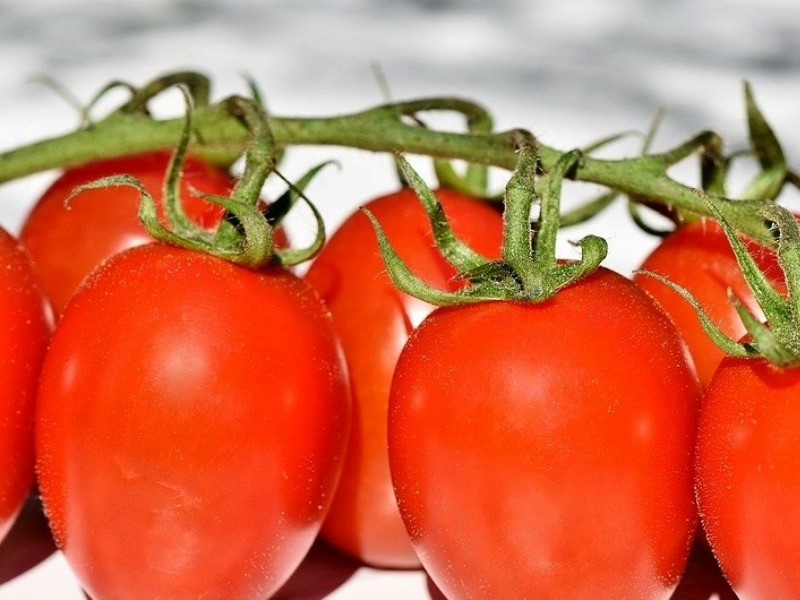
If the rules of care are followed, Zapunyaka rarely gets sick and is not damaged by pests
Conclusion
The Zapunyaka tomato has every chance to compete with other similar types of crops. And although it has not yet been included in the State Register, there are already positive reviews from gardeners about it.Most of them note the unpretentiousness of the variety and high, stable yields even in regions with risky farming.
Reviews from gardeners about Zapunyaka tomato
